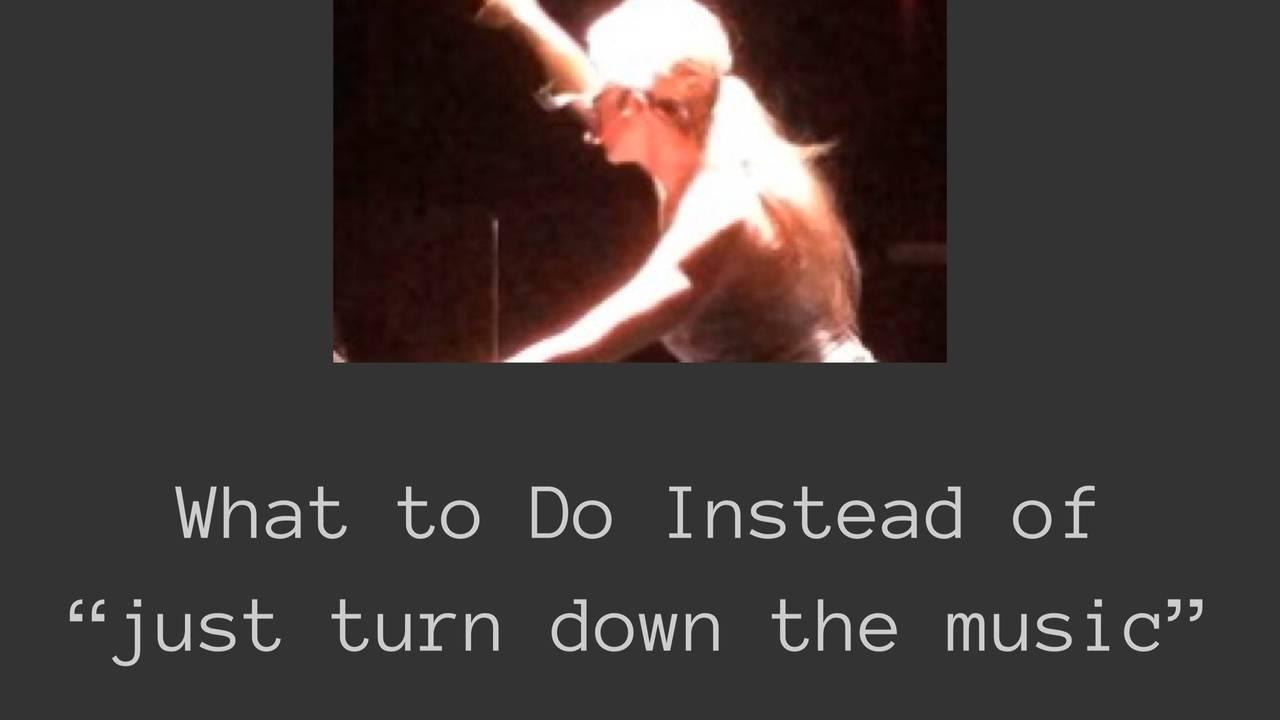Do LOUD Fitness Classes NEED to Take a Toll on Instructors’ VOICES? Part THREE.

January 28, 2020
.
Building on parts 1&2 of this series—this week we are going to focus on what to do INSTEAD of “just turn down the music”. As a #fitnessinstructor, you KNOW music is monumental to the class experience; simply turning down the music will almost immediately change the whole energy & vibe w/in the room. The MAGIC is in how to successfully balance, vary, & SPICE up music and voice during your class. How can you ensure you aren’t fighting the music w/your voice?
.
First off, your mic volume must ALWAYS be slightly higher than the music volume. If not, you’ll be fighting the music & likely straining over it. Also, don’t hesitate to pull that mic in to where it should be relative to your mouth if it moves away during the class (as it likely will especially if you’re active). If your mic isn’t set up, calibrated, or placed in the right ways, it will not be serving its essential purpose to enhance your class & support your voice (more on this in a future post!).
.
The MUSIC is a guide, just as your VOICE is a guide. TIME your voice use appropriately—don’t compete with the most powerful parts of the music—remember, the music GUIDES your class WHAT to do—consider the POWER of providing the WHY with your VOICE. Less words to say, more music to sink into, & more FEEL w/in the client. The words you do say will be intentional & impactful; less tell, more COACH. Consider the power of adjusting your voice to MATCH the music—your IMPACT becomes more monumental (Ex: slow your RATE as the music slows—you are ATTRACTING the clients to you & your MISSION; speed up your RATE as the music picks up—you are establishing a sense of “get with me & do it NOW” a.k.a. urgency & you are ACTIVATING the clients to DO something).
.
Allowing the music to GUIDE is also a way to reduce voice use overall—do you really NEED to keep saying “go go go”, “push push push”, or keep counting—or can you set up your goal for the client once & then “let go”, allowing them to be guided by your purposeful cues & motivation & then by the music to get outside their mind? In doing this, you can reduce your voice use (& the temptation to strain) because you’re choosing to use voice for what is NECESSARY—this also adds more weight & meaning to every word that you say because you are intentional.
.
Non-verbal cueing is another GREAT way to reduce voice use but continue providing effective feedback to clients—it is often even more powerful because a strong silent CONNECTION becomes established & they need to LOOK to you for guidance as well as listen.
.
Music is powerful, let it be that (don’t fight it). What you say when the music builds &/or the beat drops should be very intentional (because the music IS telling them what to do). Use VOCAL SPICE & healthy projection; yelling is NOT necessary(& remember—the mic amplifies you). There are so many more impactful ways to use the voice at the right moments; TIMING is everything. Stay tuned for more as we dive deeper into this topic!

